In the Last Blog Post
In the last blog post, I liked both images equally, the first for the unusual wings down display flight pose and the second for the neat dorsal view. I needed the square crop for the second image because I failed to follow my own oft-given advice: “Pan faster.” Thus, the bird was much too far forward in the frame.
Special thanks to Tom Redd, the only reader to comment on the images.
Your Call?
Which of today’s two featured images is the strongest? Why? For me, this one is a no-brainer. See my thoughts in the next post.
The In-Stock Sony Miracle
For the first time ever, both the a1 II Mirrorless Camera and the Sony FE 400-800mm f/6.3-8 G OSS lens (Sony E) were in stock on Friday afternoon at B&H. And Bedfords has two of the latter in stock as well. Order one or both right now using one of my two links to earn a free copy or copies of both the camera setup guide and the lens guide. Then join an IPT or meet me at Nickerson Beach to learn to use your new gear like a pro.
|
|
All with the a-1 ii Mirrorless Camera body.
|
Sony a-1 ii e-Mail Set-up and Info Guide
I continue to be amazed by speed and accuracy of the Bird Face-Eye tracking and the overall performance of the camera. Aside from the improved ergonomics as compared to the a-1, the rear screen that tilts both horizontally and vertically is a huge plus, as is Pre-capture that allows me to create take-off images that I missed! The resolution on the rear monitor has been improved dramatically. And the 51MP files are to die for.
If you plan on purchasing Latest Greatest Sony Flagship Body, the Sony a-1 ii, please click here to purchase from B&H and earn your free a-1 ii e-Mail Guide. Or, get 3% back on your credit card by purchasing from Bedfords using this link and entering the BIRDSASART discount code at checkout. Folks who use one of the two affiliate links above to purchase their Sony a-1 ii will receive my .DAT settings (the complete camera set-up), a Buttons and Dials Guide, and the a1- ii Info Sheet for free.
If you have already purchased an a-1 ii, you can join the e-mail group by sending a PayPal for $227.43 to us at samandmayasgrandpa@att.net.. So, yes, it never hurts to use my affiliate links and it never costs you one penny more. And if you contact me via e-mail. before you make a major purchase, I can always advise you and often save you some money.
The BIRDS AS ART SONY 400-800mm f/6.3-9 G Super-telephoto Zoom Lens Guide
The combination of reach, versatility, and handhold-ability of the Sony 400-800 is unmatched.
When I borrowed this lens from Sony, I assumed that at 5.45 pounds it was too heavy to handhold for long and that at f/8 at the long end (800mm), it was too slow for most bird photography applications. In short, I did not want to like the lens. After three months of using it, I cannot live without it. After returning the loaner, I was miraculously able to get my own from Bedfords on 16 April 2025. It has quickly become my all time favorite lens because it simplifies my life and allows me to go without a tripod in most situations. In this guide I share everything that I have learned about using the 400-800. For best results, you need to know exactly what you are doing to get the most out of this zoom lens. It would be best, therefore, to consider and study the material in the guide so that you can begin making great images with your new lens.
You will learn how to deal with the relatively show apertures: f/6.3, f/7.1, and f/8 when working in Manual mode.
You will learn how to ensure that you are working at the widest aperture by working in Shutter Priority mode with AUTO ISO.
If you are able to hand hold the lens, you will learn proper hand holding techniques.
If you can’t, you will learn when, why, and how to employ other options. Those include:
1- The knee-pod, heel-pod, and toe-pod techniques
2- Using the lens on a monopod.
3- The best lens plate and low foot for your 4-8.
4- The best tripod and head for the 4-8 and how best to utilize them.
5- How to use the lens from your vehicle while supporting it on a BLUBB (or not and why not).
6- Detailed instructions on how to set and use the lens controls and buttons:
a- AF/MF
b- DMF Switch
c- Limit Range Switch
d- OSS (Optical Steady Shot) Switch
e- OSS Mode Switch
f- Focus Hold Buttons
The guide also includes a Hand Holding Shutter Speed Primer and an illustrative, educational, and inspiring 67-image gallery.
Free to folks who use one of my two affiliate links to purchase their Sony 400-800 G lens. Others, please send a PayPal for $115.43 to birdsasart@verizon.net and include the words “400-800 Lens Guide” in your e-mail.
New “Used” Gear Listing
Yours truly is offering a Robus RCM-439 4-Section Carbon Fiber Monopod, 65 in like-new plus condition for $74.95 plus the shipping, an even $25.00 less than B&H. In the box with everything that came with it. Never used.
If interested, get in touch with artie via e-mail.
|
|
|
This image was created on 10 July 2025 at the beach left of the pier down by the lake near my home at Indian Lake Estates, FL. Seated on damp sand and working vertically off the tilted rear monitor, I used the toe-pod technique with the handheld Sony FE 400-800mm f/6.3-8 G OSS lens (Sony E) (at 800mm) and The Latest Greatest Sony Flagship Body, the a1 II Mirrorless Camera. The exposure was determined by Zebras with ISO on the rear wheel — ISO 800: 1/1250 second at f/8 (wide open) in Manual mode. RawDigger showed that the exposure was dead-solid perfect. AWB at 8:27:13am on a sunny morning with a bit of haze in the air. Wide/AF-C with Bird-Eye/Face Detection performed perfectly. Click on the image to enjoy the larger, inexplicably sharper high-res version. Image #1: Green Heron in fresh juvenile plumage — vertical. |
After My Walk
Things have been relatively slow in the July heat so I have been taking my shirtless pier walk early every day. On Thursday morning past, I began the walk with the 400-800 mounted on the Robus RCM-439 4-Section Carbon Fiber Monopod, 65 topped by a Wimberley MonoGimbal Head. (Learn more about using a monopod in the blog post here and be sure to check out the YouTube monopod video as well.) After working some Black Vultures and an adult Green Heron on the pier railing, I laid my gear down on the wooden boards and walked out to the end and back. As I headed to my car, I saw a juvenile Green Heron on the beach to the south of the pier. My first thought was to work the bird from my SUV at 1200mm, but since lower is almost always better, I decided to take my rig off the monopod and try to get on the ground and get close.
The bird seemed quite at ease as I approached so I continued walking to within about 18 feet and got down on the ground as slowly and as gracefully as possible. I was quite happy that the bird stayed. Some avian youngsters can be very accepting of humans. Once I was on the ground I grabbed my reading glasses from my pocket, the better to see the dancing AF points my dear. When the bird stood up tall and faced me, I quickly rotated the rear screen and flipped it down vertically. I placed the lens on my toes to get over some foreground grasses. Six Sandhill Cranes flew over north to out and caught the attention of my young friend as they landed. The result? The elegant pose in Image #1. Sometimes things go even better than planned.
Aside from the vastly improved Bird Face-eye Tracking with the a-1 ii, the vertically tilting rear monitor is my favorite feature as it allows for ground level verticals there were impossible to create with the original a-1.
|
|
|
This image was also created on 10 July 2025 at the beach left of the pier down by the lake near my home at Indian Lake Estates, FL. Seated on damp sand I used the knee-pod technique with the handheld Sony FE 400-800mm f/6.3-8 G OSS lens (Sony E) (at 800mm) and The Latest Greatest Sony Flagship Body, the a1 II Mirrorless Camera. The exposure was determined by Zebras with ISO on the rear wheel — ISO 1600: 1/3200 second at f/8 (wide open) in Manual mode. RawDigger showed that the exposure was dead-solid perfect. AWB at 8:31:58am on a sunny morning with a bit of haze in the air. Wide/AF-C with Bird-Eye/Face Detection performed perfectly. Click on the image to enjoy the larger, inexplicably sharper high-res version. Image #2: Green Heron in fresh juvenile plumage — horizontal head and neck portrait. |
Doubling Up
Hoping to get some head shots, I followed the small heron as it moved to my right by butt-crawling/shuffling. Thinking that the bird might take flight, I doubled both the ISO and the shutter speed in case it decided to fly to the pier. The bird, however, remained unconcerned with my presence so I kept going and got even closer than I had previously, surely within 13 feet — the MFD of the 4-8 is 11.5 feet.
Still thinking that the bird might fly, I put my glasses away so that I could work from the optical viewfinder. I crouched and bent forward as far as possible while using the knee-pod technique. Why? In order get a more pleasing background than if I had opted to sit up tall. How does that work? By getting as low as possible, I effectively moved the background farther from the bird.
Typos
With all blog posts, feel free to e-mail or to leave a comment regarding any typos or errors.

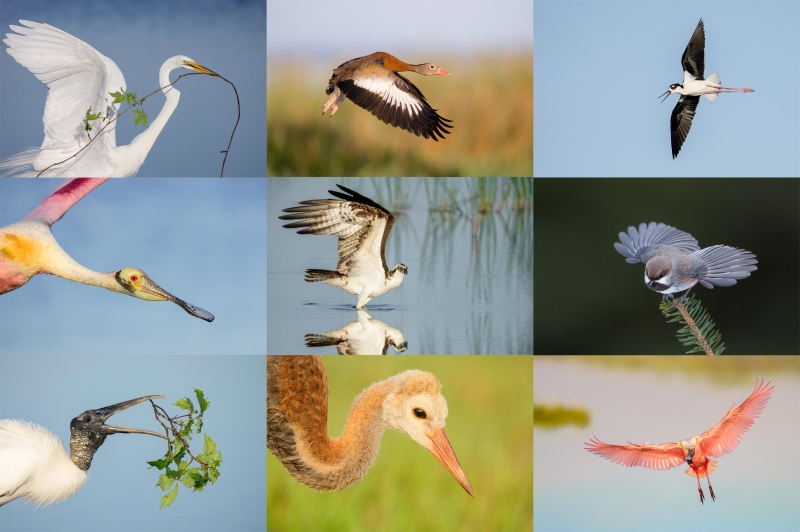
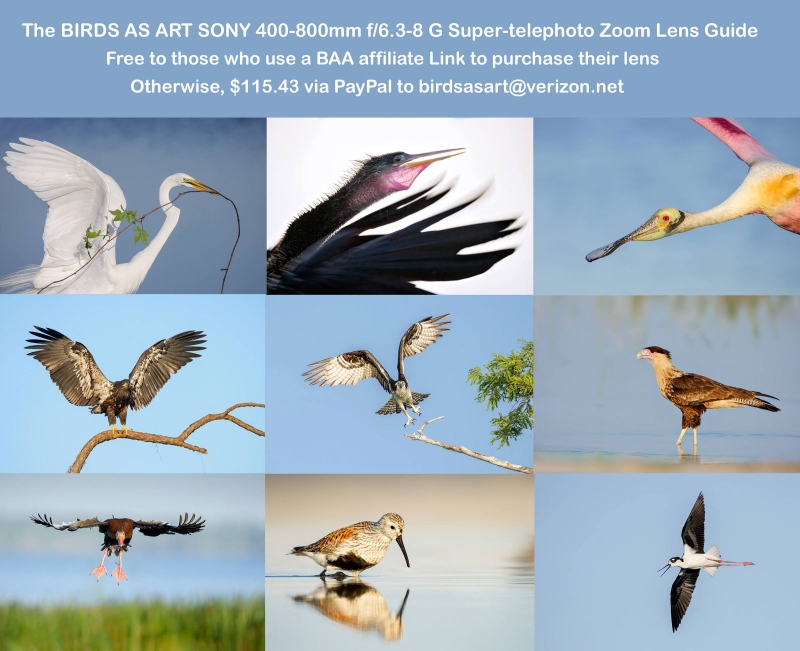
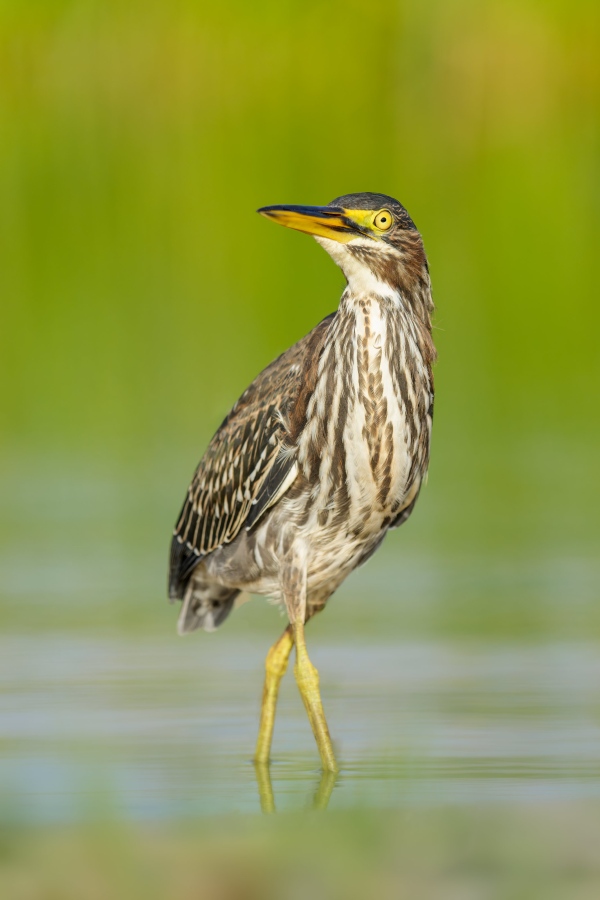
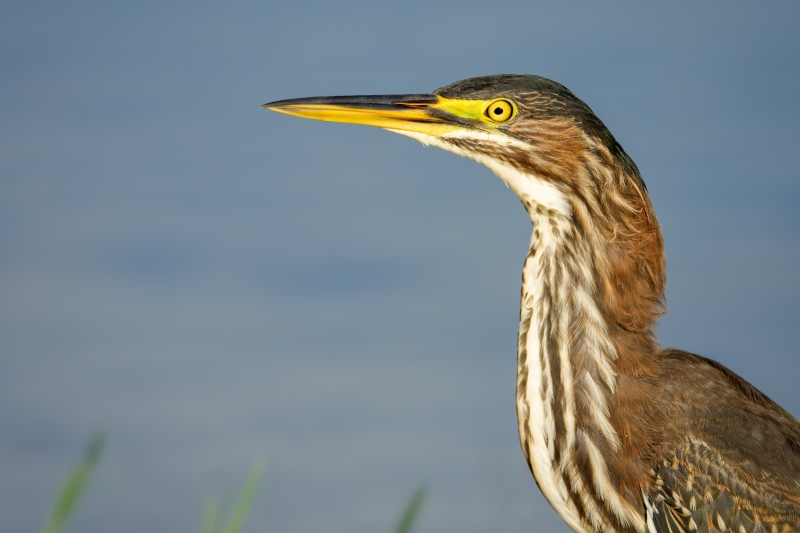






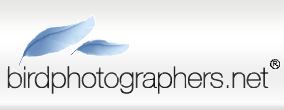


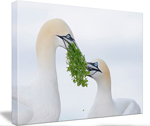
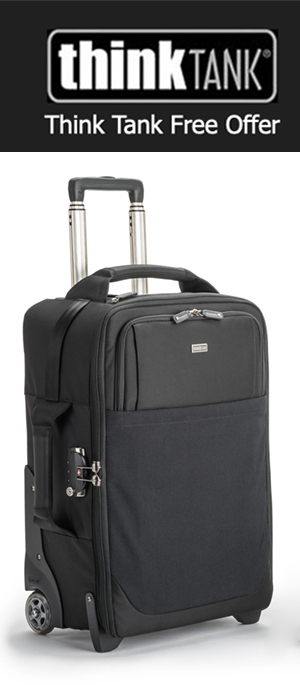


Pat, James, Pugs, and Elinor. Many thanks for your positive comments. I agree that #1 is very special. Thank the lord that the a- ii has a vertical tilt screen! with love, artie
Green Heron’s are one of my favorite birds. You nailed both pics and yes #1 is an especially nice shot, pose, just complete success. The bird’s kinda giving you the and what are you up to look!
Thanks, Jeff. That is what it was asking the cranes that flew by overhead.
with love, artie
#1 for me too! Not just the unusual pose, but the beautiful detail on the chest and wing of this immature bird.
#1 for me. It is just a fantastic image. Love the pose, colors, background, etc.
Thanks and welcome to the blog, James. I agree but only 100%. It’s not just the pose.
with love, artie
#1 may be the most elegant green heron image I’ve seen.
#1 for the great pose